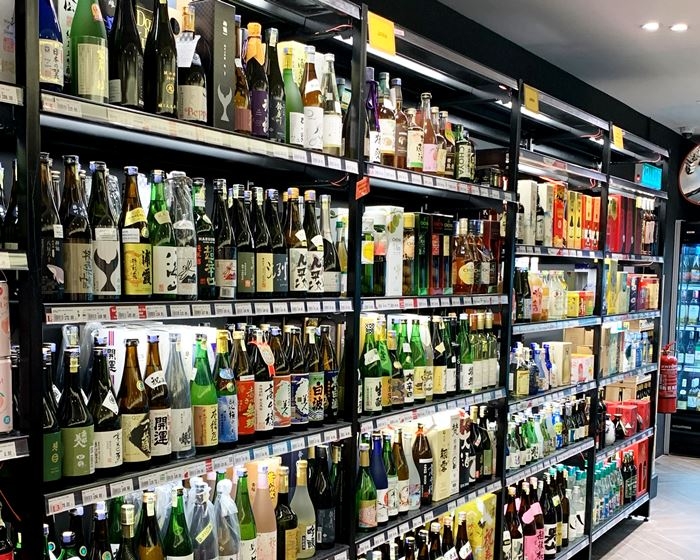The rise of premium sake: a global demand analysis
Sake's global appeal and the quest for quality
2024-02-12

The global landscape of sake exports has experienced a dynamic shift, reflecting both challenges and opportunities within the industry. In 2023, the Japan Sake and Shochu Makers Association reported a nuanced picture: while the total export value of sake soared to approximately 41.1 billion yen, marking a significant growth of around 1.8 times since 2019, there was a 13% decrease in value and a 19% decrease in quantity compared to the previous year. This complexity underscores the evolving preferences and purchasing behaviors of international consumers, as well as the impact of global economic trends on Japan's iconic beverage.
The distribution of sake has now embraced a broad spectrum of 75 countries and regions, a testament to its growing global appeal. This expansion is notable against the backdrop of the COVID-19 pandemic, which reshaped consumption patterns and accelerated interest in Japanese culture and cuisine. The record-high average export price per bottle indicates a shifting preference towards premium sake varieties, suggesting that consumers worldwide are developing a more discerning palate for this traditional Japanese drink.
Asia remains the largest market for sake exports, with China and Hong Kong leading the way, despite experiencing a decrease in value. Remarkably, the average unit price in China has seen a significant increase, indicating a growing appreciation for high-quality sake. This trend is mirrored in other Asian markets, such as South Korea and Taiwan, which have shown robust growth, highlighting the region's critical role in the sake export landscape.
North America, and particularly the United States, has emerged as a significant market for sake, with exports surpassing 1,000 yen per bottle for the first time. The evolving consumer behavior in the U.S., as noted by sake educator Marcus V. Pakiser, reflects a broader acceptance and integration of sake into the American dining experience, both in restaurants and retail settings. However, the impact of inflation and the pandemic-induced shift in consumer habits have posed challenges, emphasizing the need for strategic adaptation by sake producers and exporters.
In Latin America and Europe, efforts to deepen the understanding and appreciation of sake are underway, with initiatives such as sake masterclasses and competitions. These regions, though currently smaller markets, represent emerging opportunities for sake's global expansion, driven by a growing curiosity and openness to Japanese culture and gastronomy.
The Japan Sake and Shochu Makers Association has been proactive in promoting sake internationally, participating in global wine and spirits events and collaborating with sommelier associations to enhance sake education. These efforts are crucial in correcting misconceptions about sake, such as its alcohol content and consumption methods, and in introducing the beverage's versatility and cultural significance to a global audience.
Looking ahead, the industry faces challenges, including the need to navigate the cooling alcohol market in key regions like the United States and to continue innovating in how sake is marketed and consumed worldwide. The emphasis on food pairings, educational initiatives, and the exploration of new markets are strategies that hold promise for the future of sake exports.
As the world gradually recovers from the pandemic and global trade dynamics evolve, the sake industry is poised for further growth. With a focus on quality, education, and strategic market expansion, sake can continue to enchant consumers around the globe, transcending cultural and geographical boundaries to secure its place as a cherished component of the global culinary landscape.
Founded in 2007, Vinetur® is a registered trademark of VGSC S.L. with a long history in the wine industry.
VGSC, S.L. with VAT number B70255591 is a spanish company legally registered in the Commercial Register of the city of Santiago de Compostela, with registration number: Bulletin 181, Reference 356049 in Volume 13, Page 107, Section 6, Sheet 45028, Entry 2.
Email: [email protected]
Headquarters and offices located in Vilagarcia de Arousa, Spain.